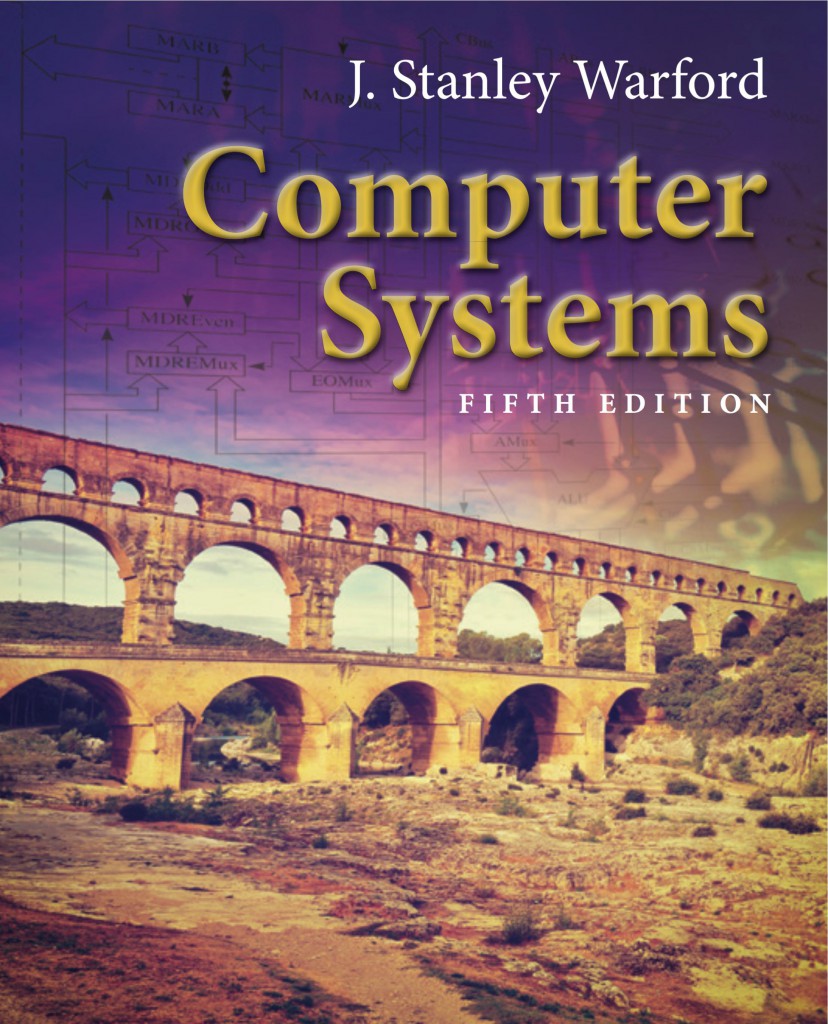Fifth Edition
Computer Systems, fifth edition offers a clear, detailed, step-by-step introduction to the central concepts in computer organization, assembly language, and computer architecture. It invites students to explore the many dimensions of computer systems through a top-down approach to levels of abstraction. By examining how the different levels of abstraction relate to one another, the text helps students look at computer systems and their components as a unified concept.
- New high-order language — The high-order language is changed from C++ to C. The C language is more common as a systems programming language and is more appropriate for a computer systems text.
- New sidebars — Each sidebar is a real-world example of the concepts described in that chapter. As most of the chapters describe the Pep/9 virtual machine, the sidebars for those chapters show corresponding implementations for the Intel x86 architecture.
- New and expanded topics — New and expanded topics include, QR codes, color displays, Unicode, UTF-32 and UTF-8 encoding, floating point underflow, big-endian and little-endian order, memory alignment issues, and expanded RISC design principles and MIPS coverage to contrast with the Pep/9 CISC design.
- New virtual machine — Pep/8, the virtual machine for the two previous editions, is now superseded by the new and improved Pep/9. Pep/9 retains the same eight addressing modes of Pep/8 but now includes memory-mapped I/O, an improved return-from-subroutine instruction, a new native compare-byte instruction, improved instruction mnemonics, and a new hexadecimal output trap instruction.

